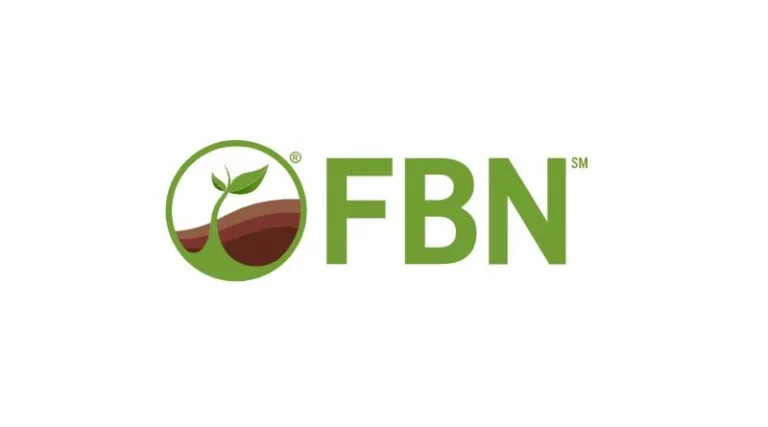How to Manage Giant Ragweed in Soybeans
08 January 2024, US: Soybean, a linchpin of the global agricultural industry, grapples with a myriad of diseases and pests. Among these, the Giant Ragweed, or Ambrosia trifida, emerges as a formidable adversary.
Research indicates it can lead to yield losses of up to 52% in heavily infested fields.
Giant Ragweed impacts different parts of the soybean plant. Its expansive leaves can overshadow soybean plants, hindering their ability to photosynthesize effectively. This can stunt growth and impede pod and seed development. Moreover, the weed’s robust root system can outcompete soybean roots for water and nutrients, further affecting plant health and productivity.
The influence of Giant Ragweed on soybean extends beyond resource competition. The weed can disrupt soybean physiology by releasing chemicals into the soil that inhibit soybean growth, a process known as allelopathy.
Furthermore, the weed can harbor various pests and diseases, exacerbating harm to the soybean crop.
This post will outline:
- How to identify Giant Ragweed
- Geographic impact of Giant Ragweed
- Timing of Giant Ragweed
- How to manage Giant Ragweed in soybeans
How to Identify Giant Ragweed
The Giant Ragweed, living up to its name, is a towering plant, often stretching up to 12 feet. Its defining features include large, rough, three- to five-lobed leaves, a thick, hairy stem, and small, green flowers that cluster at the plant’s apex.
Geographic Impact of Giant Ragweed
Giant Ragweed is indigenous to North America but has expanded its reach to other continents, including Europe and Asia. In the United States, it is predominantly found in the Midwest, flourishing in the fertile soils of agricultural fields.
Timing of Giant Ragweed
Giant Ragweed typically sprouts earlier than other weeds, often making its appearance in early spring. This early emergence, coupled with its swift growth rate, enables it to outcompete other plants for resources.
How to Manage Giant Ragweed in Soybeans
Identifying and managing this weed is crucial for maintaining healthy, productive soybean fields. For managing Giant Ragweed in soybean, consider two products: Willowood Paraquat 3SL and Willowood Fomesafen 1.88SL.
Willowood Paraquat 3SL is an herbicide containing Paraquat dichloride, labeled for use with soybeans specifically for controlling Giant Ragweed.
Willowood Fomesafen 1.88SL is another herbicide containing Fomesafen, Sodium salt, also labeled for use with soybeans to control Giant Ragweed.
Adhering to the labeled instructions of these herbicides can help effectively manage Giant Ragweed in your soybean fields.
The application rates for the recommended products are as follows:
- Willowood Paraquat 3SL: The typical application rate for soybeans is 2 U.S. liquid pints per acre, with a range of 1.3-2.7 U.S. liquid pints per acre.
- Willowood Fomesafen 1.88SL: The typical application rate for soybeans is 1.3 U.S. liquid pints per acre, with a range of 0.75-1.6 U.S. liquid pints per acre.
These rates are general recommendations. It’s essential to read and follow the specific instructions on the product labels for accurate application rates and guidelines.
Also Read: UPL to strengthen fungicide portfolio with acquisition of Corteva’s Mancozeb business
(For Latest Agriculture News & Updates, follow Krishak Jagat on Google News)















